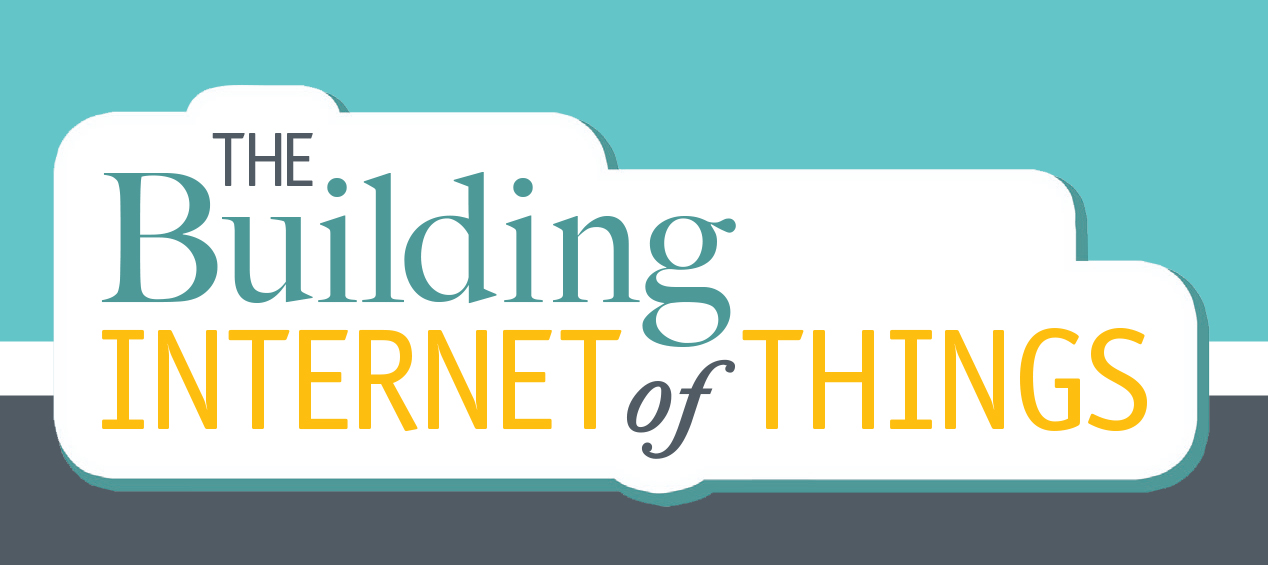« Back to Facilities Management Building Automation Category Home
Cree, Inc.: IoT could revolutionize the function and value of LED lighting
November 19, 2015
- Building Automation

Question: What are the benefits of the IoT for building occupants today?
Answer: One of the most prevalent access points for intelligence is lighting, with a $1 trillion installed base. IoT has the potential to revolutionize the function and value of LED lighting for building occupants. It is the next gateway communication, enabling innovations to power a new infrastructure with data and use cases never imagined possible. The popular vision is that sensors integrated in networked LED luminaires can enable many potential high value bundled services that allow lighting to deliver far more than just light – and that is possible. However, the building industry at large continues to resist implementing controls or IoT-like systems that control lights and provide basic data. It is not realistic to expect that the industry will be able to layer on even more sophisticated systems without adding some challenges. The key to enabling IoT with LED lighting for building occupants will be simplicity and improved performance.
The foundation for Cree’s approach to this simple sophistication is SmartCast® Technology. It is the simplest intelligent light solution that works with the push of a button to self-configure for energy savings, code compliance, and individual comfort. This allows building users controllability over their individual environment. Today, we are seeing some strides in deployment or IoT in buildings.
Question: Are the benefits and advantages of IoT technology being realized today, and can you provide a specific example?
Answer: The concept of ‘Connected’ buildings and homes has been around for almost two decades but has yet to succeed in gaining traction. With the emergence of the IoT and support and investment from the largest carriers, mobile platform providers, networking and technology companies and manufacturers, it appears that there is opportunity this time to make the vision real. At the same time, it’s important both to define intelligent buildings and know how it fits into the broader Internet of Things.
The entire process of design, installation, commissioning and use must be intuitive. Hardware and software must be designed together to provide the simplest and best possible experience for the end user. It should work with minimal effort by all who interact with it. The key to enabling IoT systems at scale is to build them with the same type of intuitive simplicity as SmartCast.
LED adoption is below 5 percent and one of the most challenging issues facing the smart world is delivering the full promise of the ‘smart’ experience. If the implementation and use of future systems is easy to use and user friendly, unlike other control systems, the potential of IoT will be realized, and adoption will progress.
Source: Gary Trott, vice president of product strategy, Cree, Inc.
For more insights on the products, technology, benefits and challenges of the Building Internet of Things, visit www.FacilitiesNet.com/IoT








